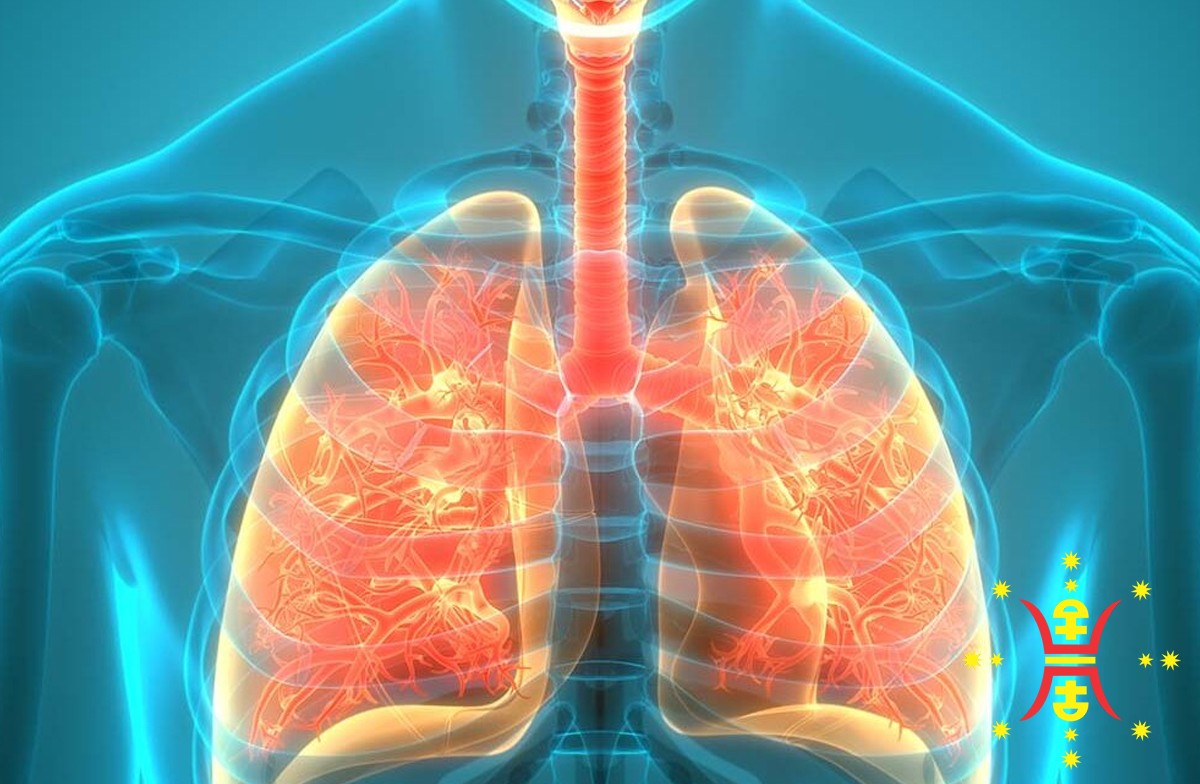Understanding Bronchitis in Traditional Chinese Medicine: Causes, Symptoms, and TCM Approaches
In Traditional Chinese Medicine (TCM), bronchitis is typically classified under the category of "Bi Yan" or "Fei Yan." TCM views bronchitis as an imbalance in the body's Qi (vital energy), Yin and Yang, and the presence of pathogenic factors like wind, cold, heat, or dampness. Here's an overview of bronchitis in TCM:
- Definition in TCM:
- Bi Yan (Nasal Inflammation): Refers to inflammation affecting the nasal passages.
- Fei Yan (Lung Inflammation): Pertains to inflammation of the lungs.
- Causes:
- External Pathogenic Factors: Wind, cold, heat, and dampness are considered external factors that can invade the body and cause imbalances.
- Internal Imbalances: Weakness in the body's defensive Qi, deficiency of Yin or Yang, or the presence of other pre-existing imbalances can make an individual more susceptible to bronchitis.
- Symptoms:
- TCM practitioners will consider various signs and symptoms, including cough, phlegm production, chest discomfort, nasal congestion, and the nature of the cough (wet or dry) to determine the pattern of imbalance.
- Patterns of Imbalance:
- Wind-Cold Invasion: Symptoms include aversion to cold, chills, clear and watery nasal discharge, and a thin white coating on the tongue.
- Wind-Heat Invasion: Symptoms include fever, yellow nasal discharge, sore throat, and a red tongue with a yellow coating.
- Damp-Phlegm Accumulation: Symptoms include a productive cough with thick, sticky phlegm, chest congestion, and a greasy tongue coating.
- TCM Treatment:
- Acupuncture: Points related to the lungs, spleen, and immune system may be stimulated to regulate Qi and resolve the imbalance.
- Herbal Medicine: TCM herbal formulas are often prescribed to address the specific pattern of imbalance. For example, formulas containing herbs like Ephedra (Ma Huang) and Peucedanum (Qian Hu) for dispersing wind-cold, or Honeysuckle (Jin Yin Hua) and Forsythia (Lian Qiao) for clearing heat.
- Diet and Lifestyle:
- Recommendations may include dietary adjustments based on the nature of the imbalance. Warm, nourishing foods may be suggested for cold patterns, while cooling foods may be advised for heat patterns.
- Rest, proper hydration, and avoiding exposure to extreme weather conditions are commonly recommended.
It's important to note that TCM diagnosis is individualized, and treatments may vary based on the specific symptoms and constitution of the patient. Consultation with a qualified TCM practitioner is recommended for personalized assessment and treatment. Additionally, individuals with bronchitis should seek guidance from conventional medical professionals for a comprehensive approach to their health.
In Person With Heshoutang Natural Health Members
With Heshoutang Natural Health Online Members
Fill Out the Questionnaire by yourself
When you subscribe to the blog, we will send you an e-mail when there are new updates on the site so you wouldn't miss them.














Comments